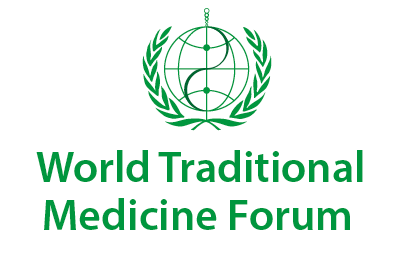
 i_need_contribute
i_need_contribute
Yun Liu 1, Shuo Li 1, Dandan Liu 2, Hong Wei 1, Xingzhi Wang 1, Fuling Yan 3
1Department of Neurology, Affiliated ZhongDa Hospital, School of Medicine, Southeast University, Nanjing, 210009, China.
2Department of Neurology, Affiliated ZhongDa Hospital, School of Medicine, Southeast University, Nanjing, 210009, China; The People's Hospital of Danyang, Affiliated Danyang Hospital of Nantong University, Jiangsu, 212300, China.
3Department of Neurology, Affiliated ZhongDa Hospital, School of Medicine, Southeast University, Nanjing, 210009, China; Key Laboratory of Developmental Genes and Human Disease, Southeast University, Nanjing, 210009, China. Electronic address: yanfuling218@163.com.
Headings ethnopharmacological relevance: Pushen capsule is a traditional Chinese medicine compound functioning as 'stimulating blood circulation to remove blood stasis', which widely used to treat hyperlipidemia. Recent clinical research showed that Pushen capsule ameliorated cognitive function in patients with vascular mild cognitive impairment.
Aim of the study: Explore the potential mechanism of Pushen capsule in vascular dementia (VaD) using network pharmacology analysis and experimental verification.
Materials and methods: Active ingredients and their related targets of Pushen capsule, and VaD-related targets were searched in public databases. Core targets, potential functions and mechanisms of Pushen capsule on VaD were predicted by protein-protein interaction (PPI), Gene Ontology (GO) and Kyoto Encyclopedia of Genes and Genomes (KEGG) analyses. In vivo experiments were conducted to demonstrate the potential mechanisms of Pushen capsule in the treatment of VaD.
Results: In total, 155 active ingredients, 273 related targets of Pushen capsule, and 1035 VaD-related targets were selected from the public databases. 147 common targets of Pushen capsule against VaD were obtained. The PPI network, GO and KEGG enrichment analyses revealed that some core targets and signaling pathways are related to inflammation. The experimental results showed that Pushen capsule treatment largely alleviated hippocampal glial activation, accelerated the polarization of activated microglia from the M1 to the M2 phenotype and reduced associated inflammatory factor expression to protect against VaD-induced neuronal loss, synaptic protein reduction and cognitive defects in a dose-dependent manner. Moreover, Pushen capsule reduced the mRNA expression of NF-κB p65; and STAT1.
Conclusion: Our study demonstrates that Pushen capsule alleviates hippocampal neuroinflammation to protect against VaD-induced cognitive impairment in a dose-dependent manner. The neuroprotective effect of Pushen capsule on VaD might be regulated by the NF-κB; and JAK-STAT pathway.
Keywords: Experimental verification; Network pharmacology; Neuroinflammation; Pushen capsule; Vascular dementia.



